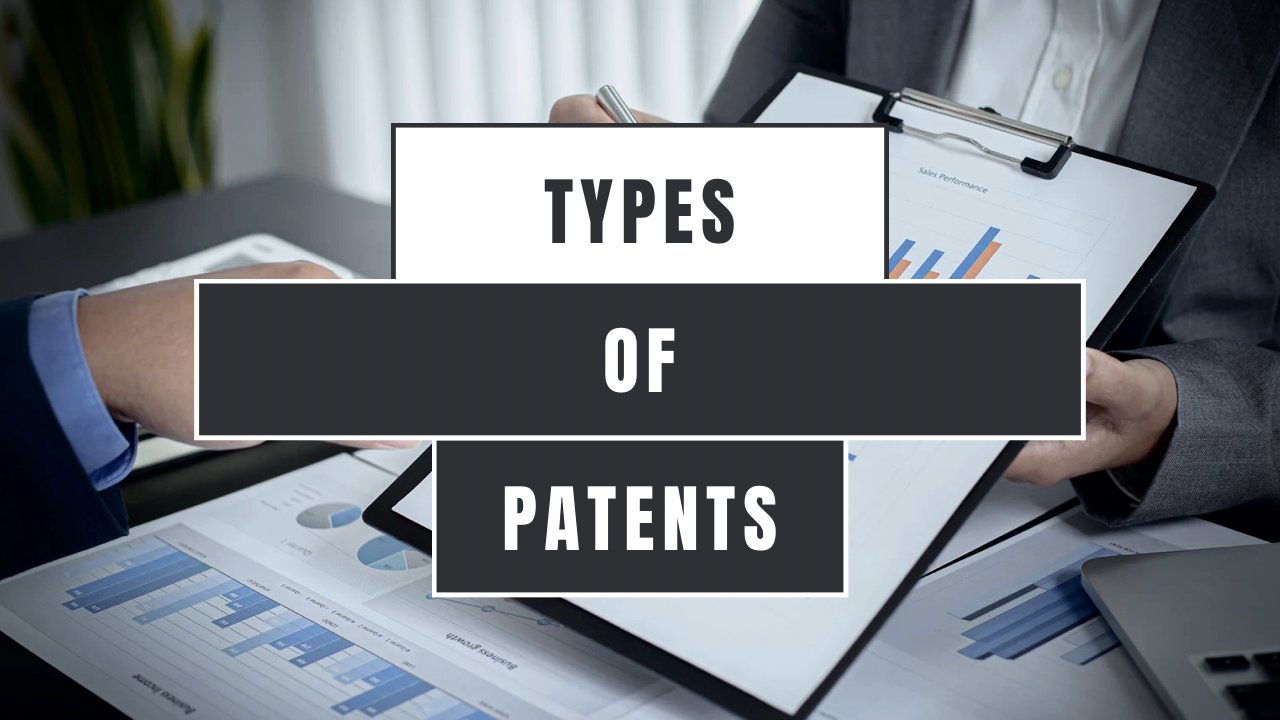Types of patents.
An invention is protected by a patent given by a national government. For up to twenty years, this protection prevents anyone from producing, utilising, or selling an innovation. For patents per specific genes and proteins, laboratory procedures, and medications, many drug companies and university researchers seek patent protection so as to recoup research and development costs. Patents must be new, valuable, and not obvious to others working within the same field so as to be granted by a granting institution like the Patent and Trademark Office Database. Patents safeguard novel and non-obvious inventions and discoveries. Utility patents, design patents, and plant patents are the three forms of patents.

Introduction
An invention is protected by a patent given by a national government. For up to twenty years, this protection prevents anyone from producing, utilising, or selling an innovation.
For patents per specific genes and proteins, laboratory procedures, and medications, many drug companies and university researchers seek patent protection so as to recoup research and development costs.
Patents must be new, valuable, and not obvious to others working within the same field so as to be granted by a granting institution like the Patent and Trademark Office Database.
Patents safeguard novel and non-obvious inventions and discoveries. Utility patents, design patents, and plant patents are the three forms of patents. Each kind of patent has its own set of eligibility requirements and protects a particular form of innovation or discovery; nevertheless, an invention or discovery could also be eligible for multiple sorts of patents.
For instance, if an individual invents an object and needs to patent both its functional qualities and its design, the inventor will must file two different patent applications (both a utility and style patent). This text will provide you with an outline of the three main categories of patents accessible under US law, similarly as a fast explanation of the way to have your innovation or discovery protected by a patent.
Patentability requirements
Utility/Usefulness - The claimed innovation must be useful or functioning. A machine must function as intended, and a chemical must perform a function or serve a purpose.
Novelty - The invention must be unlike anything previously known; it must not are detailed during a prior publication, nor have it been publicly used or sold.
Non-obviousness/Ingenuity - The invention must be a development or improvement that might not are obvious to employees of average skill within the technology involved before its invention.
Novelty and non-obviousness are assessed as compared to what was publicly known before the invention, as evidenced by prior patents and other published information. The term "prior art" refers to the current body of knowledge.
Types of Patents
Patents on inventions
The most common kind of patent sought could be a utility patent. This type of patent includes novel and valuable techniques, compositions of materials, machines, and manufactures.
For novel and beneficial improvements to existing processes, compositions of matter, machines, and manufactures, a utility patent are often obtained. Any act or way of doing something is stated as a process, which commonly involves industrial or technological procedures.
Chemical compositions, which might comprise a mix of materials or novel chemical compounds, are what matter compositions are all about. Machines are defined as items that are produced or made, while manufactures are defined as things that are commonly described as a machine, like a computer.
Patents on Designs
A design is described because the "surface decoration" of an object, which may include the form or arrangement of an object, in terms of getting a design patent. The planning must be inseparable from the article so as to receive this kind of patent protection.
A design patent will only cover the product's look, whether or not the item and its design are intertwined. A utility patent must be applied for so as to safeguard an object's functional or structural properties.
Patents on Plants
To protect novel and unique plants, a plant patent may be obtained. The plant must not be a tuber propagated plant (i.e. an Irish potato), it must not be found in an uncultivated state, and it must be ready to reproduce itself asexually to qualify for this type of patent rather than being replicated by seed, reproduction refers to the method of grafting or cutting the plant.
Reproduction is required for plant patents as confirmation that the patent applicant can replicate the plant.
How to Get a Patent Protected Idea
Patent protection can only be obtained by filing an application with the US. Patent and Trademark Office, irrespective of the kind of patent you seek (USPTO).
Patent applicants can file both provisional and non-provisional patent applications. A provisional application will be filed to permit the applicant overtime to figure out the main points of their invention or discovery while still safeguarding it from being patented by others. Someone who files a provisional application has one year to file a non-provisional application after the provisional application is filed.
The non-provisional application kicks off the USPTO's official examination procedure to work out if an invention or discovery qualifies for patent protection.
Non-provisional patent applications normally comprise an outline and claim of the invention or discovery, drawings, an oath or declaration, and fees, though the fabric required within the application will vary counting on the sort of patent requested someone may file a global application under the Patent Cooperation Treaty (PCT).
written by:
kajal kanojia.












